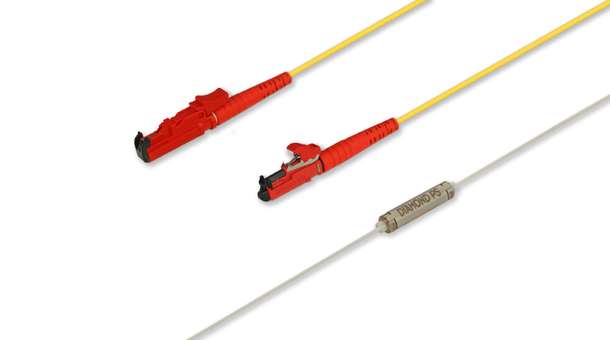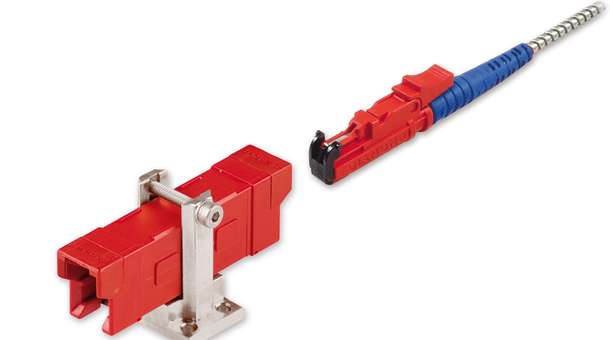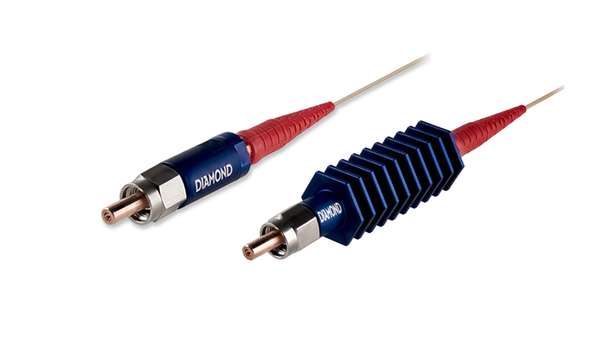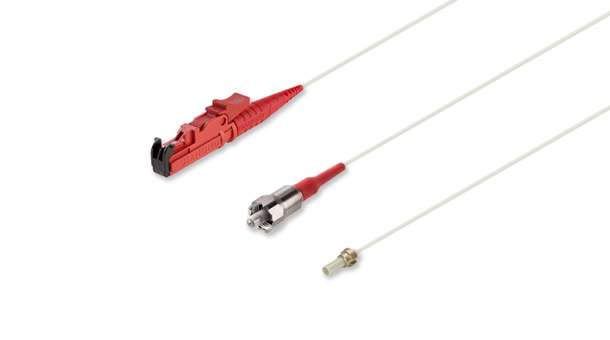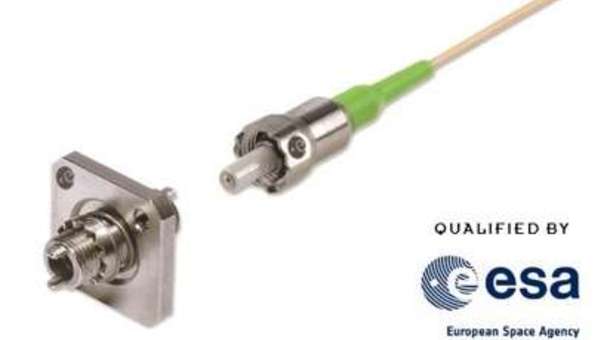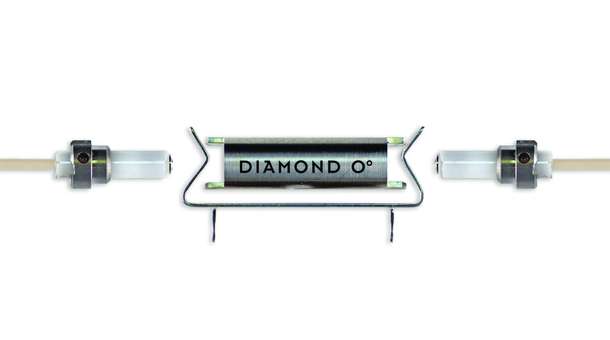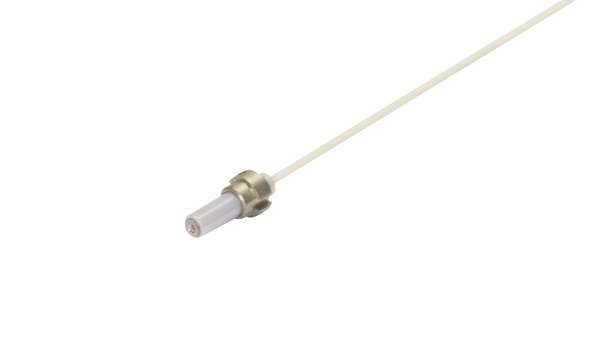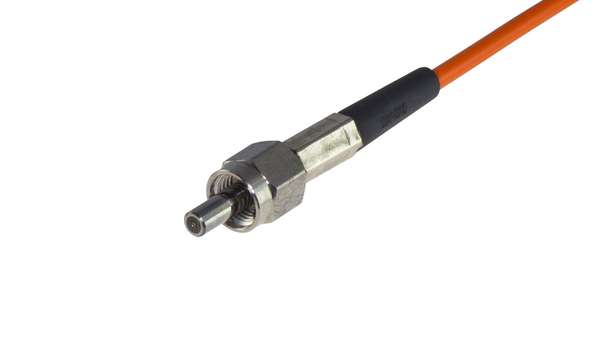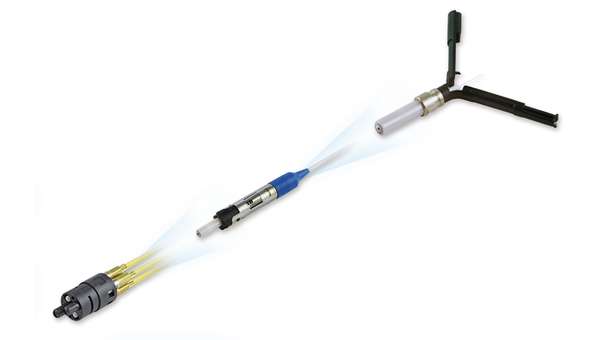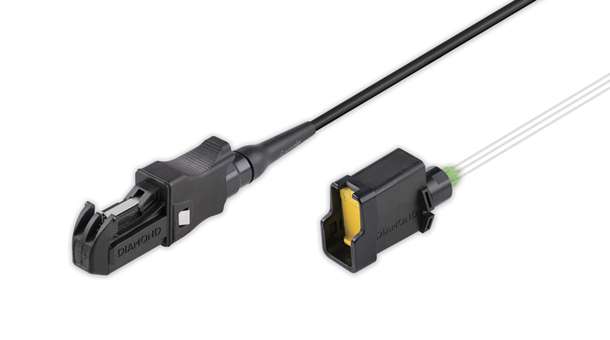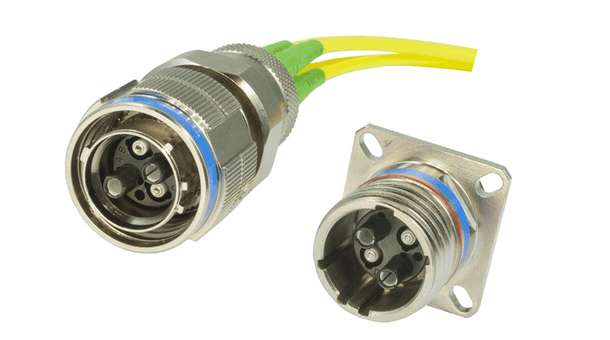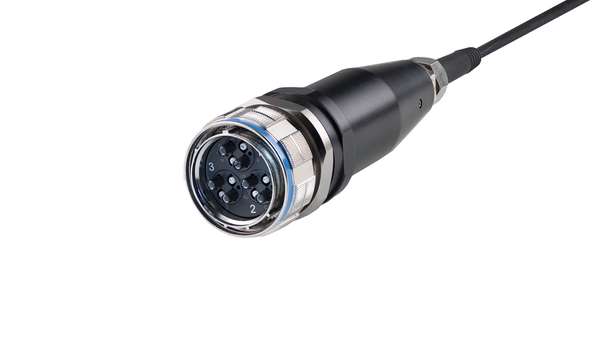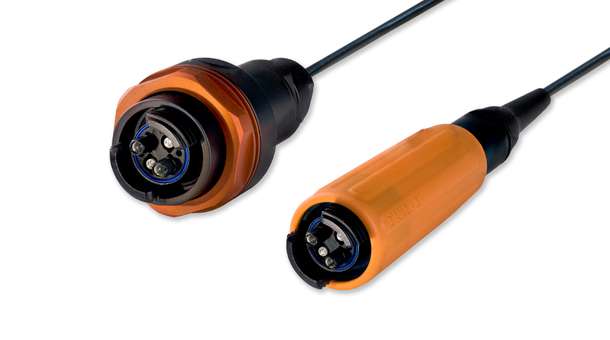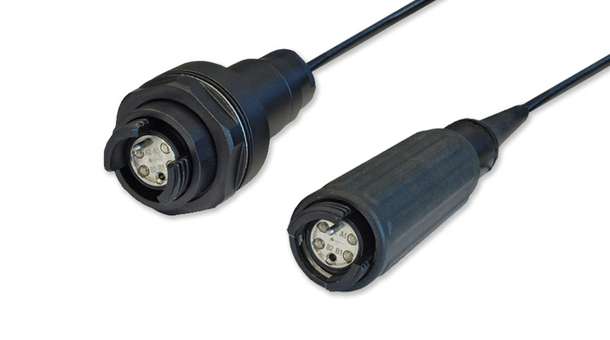- DIAMOND SA | Fiber Optic Assemblies
- Technologies
- High-power optical interconnects
Increase performance of optical transmission systems
The trend toward ever-increasing power in optical transmission systems requires the development of connectors with higher damage threshold power. Diamond's singlemode connectors can reduce the power density to a safe level using extended beam technology.
Diamond's high-power optical interconnects are engineered to support elevated optical power levels during fiber-to-fiber or air-to-fiber transitions. This focus on high power capabilities is essential to mitigate the risks associated with laser-induced damage or potential failure due to thermomechanical effects. Various advanced techniques are carefully employed to increase the spot size, effectively reducing the optical power density at the critical interface.
These specialized techniques, which are also available for polarization-maintaining fibres, not only enhance safety, but are also highly effective for precise optical fluence engineering, especially in the context of butt-coupled semiconductor saturable absorber mirrors (SESAMs) within ultrafast mode-locked fiber lasers operating at high pulse energies.
Power Solution PS Collimated (Contact)
The PS Collimated (contact) approach is particularly noteworthy. Singlemode (SM) fibers are carefully equipped with a GRIN lens that expands and collimates the fiber's mode field at the connector interface. When mated, these connectors provide exceptional resilience to higher optical powers while maintaining impressively low levels of optical loss. This blend of advanced technology and meticulous engineering exemplifies Diamond's commitment to providing reliable, high performance optical connectors for a wide variety of applications.
PM-PS Collimated Polarization Maintaining (Contact)
Polarization plays an important role in the industrial photonics environment and in the context of medium to high laser power, this creates a market with high demands. For example, sensors are designed for the use of Polarization Maintaining or Polarizing Fibers. For such applications special connectors are necessary because the optical connection must have a certain orientation. Only connectors with an orientation key are suitable to terminate the fiber correctly.
PSm Power Solution Multimode (Contact)
For MM connector in high power applications, no standards have been defined until today. However, the quality of the contact is critical and standard optical interfaces with SM fibers are not sufficient. Diamond has developed a new PS Optical Splices, the PSm. This extends the technology range so that we can provide the end user with a reliable connector connection in this area as well. This PS Optical Splice uses 100% concentricity measurement control and optical geometry measurement. A special visual inspection completes the PS Optical Splices definition.
PSf Power Solution Free Space (Diverging)
A glass rod can be spliced at the end of an SM fiber. This allows Power Solution even before the beam exits the glass. It reduces the power density at the glass-air junction. This technique is used in very high power applications at the feed point or output to reduce the risk of burns at the junction.
PSb Power Solution Ball lens
Behind a spherical lens, which is glued into a housing, there is a ferrule. According to the concentricity, the expanded beam exits the lens at an angle. Thanks to the Active Core Alignment (ACA) DIAMOND reduces this squint angle. Due to the contactless connection, the ferrule is insensitive to dirt. Available as singlemode and multimode version.
PSl Power Solution Lensed (Focused)
Diamond offers customized focused beam solutions. Thanks to the proven DIAMOND PS technology, focused free beam connectors can be manufactured on demand. This technology is needed for example for measurements (interferometry) and sensor technology.
This technology is only available as a customized solution upon request.
PSi Power Solution Injection
The epoxy-free fiber end allows good heat dissipation in the region of maximum power density and a proprietary mode stripper can be integrated for limiting the laser light power to the fiber core. The amount of light power stripped from the cladding is a function of the laser beam product parameter (BPP) as well as the receiving fiber core diameter and numerical aperture (NA).
PSc Power Solution Collimator Systems
Collimators are suitable for a wide range of optical systems. This is because these modules collimate or focus light exiting a fiber to a desired beam diameter or spot size at a specified distance. Thus, collimators are used in conjunction with, for example, laser diodes, photodiodes, acousto-optic modulators, and other Fiber Optic devices that require specific light output.
This technology is only available as a customized solution upon request.


